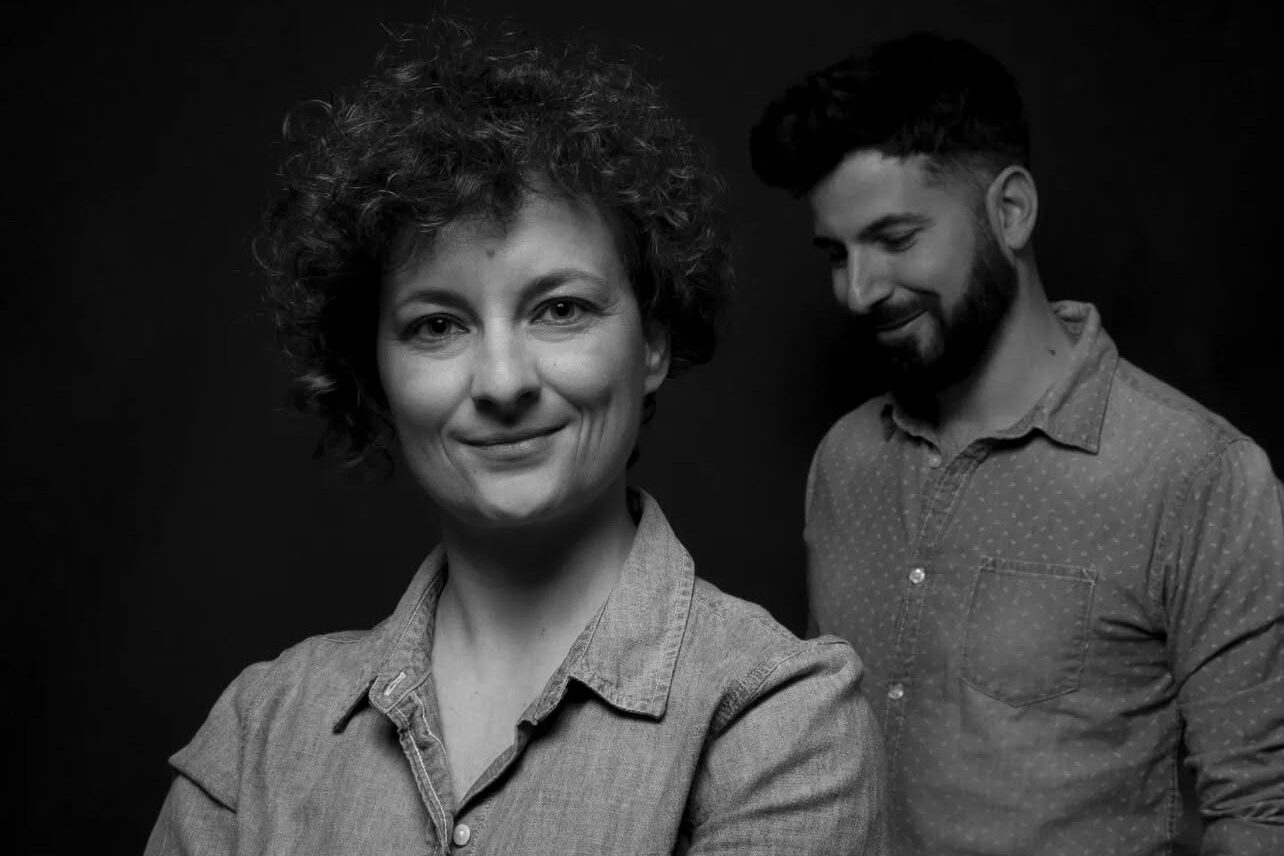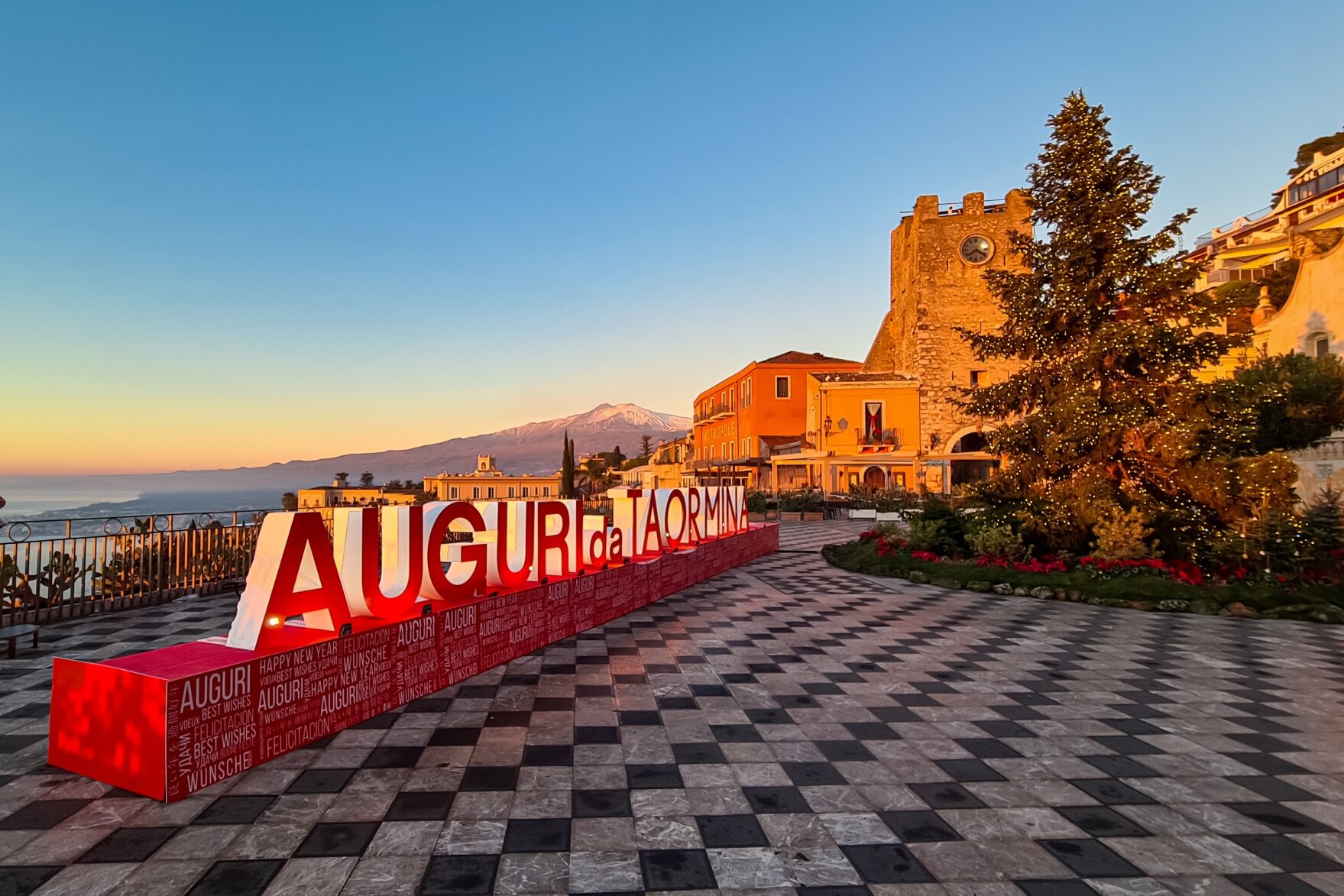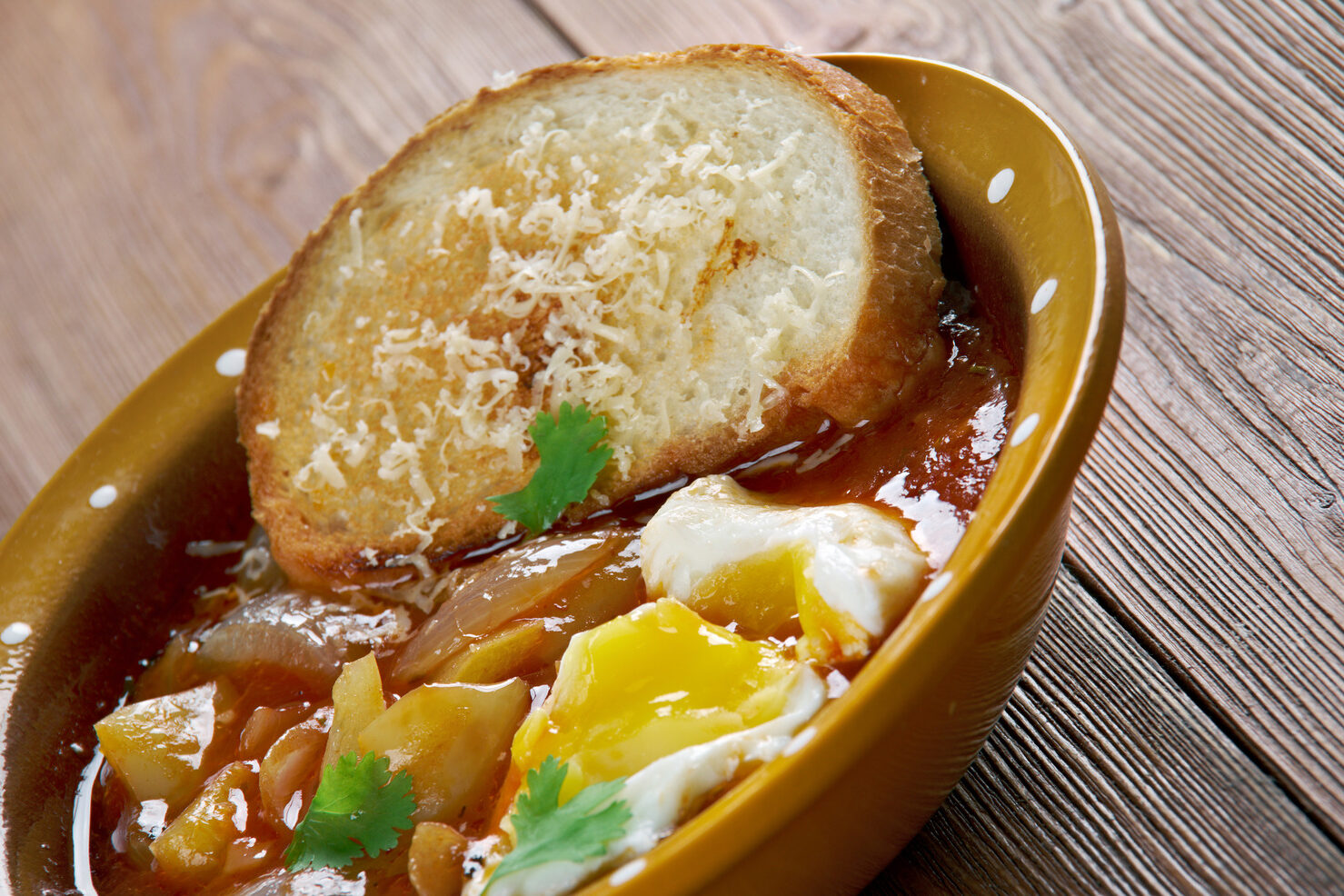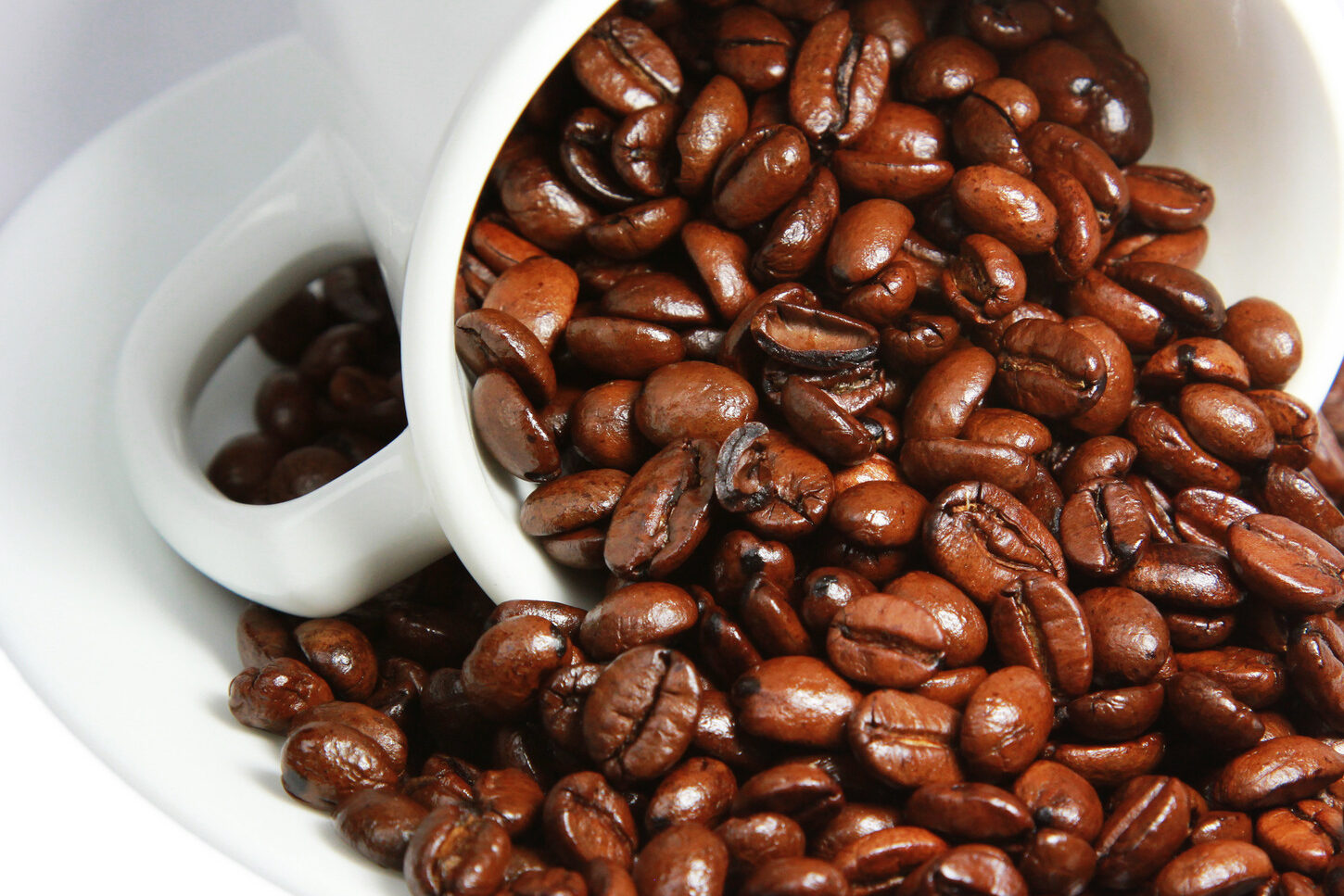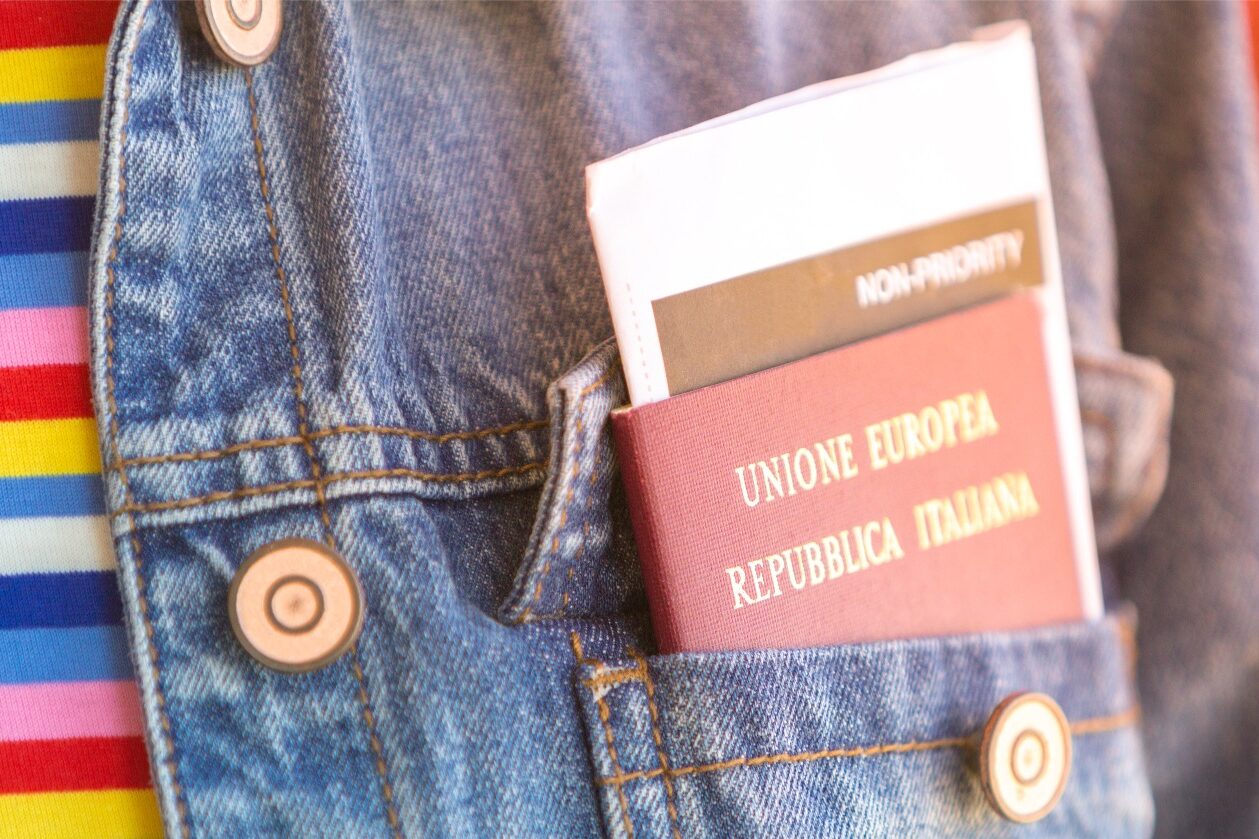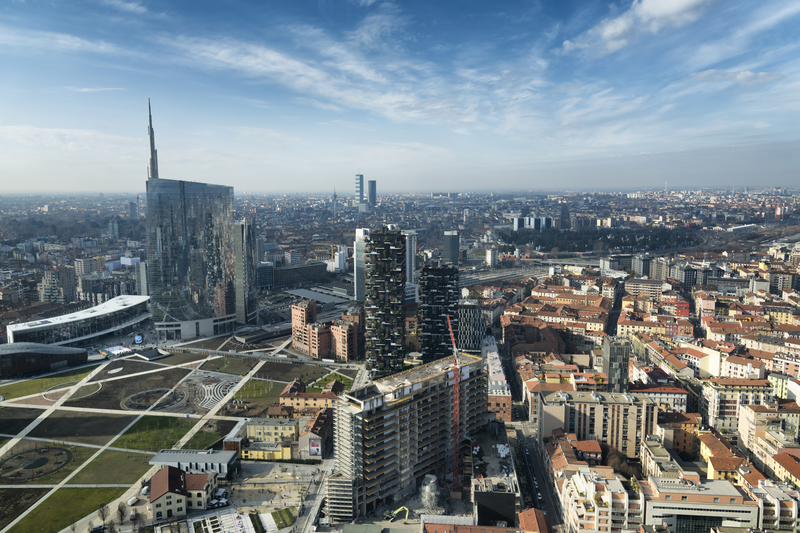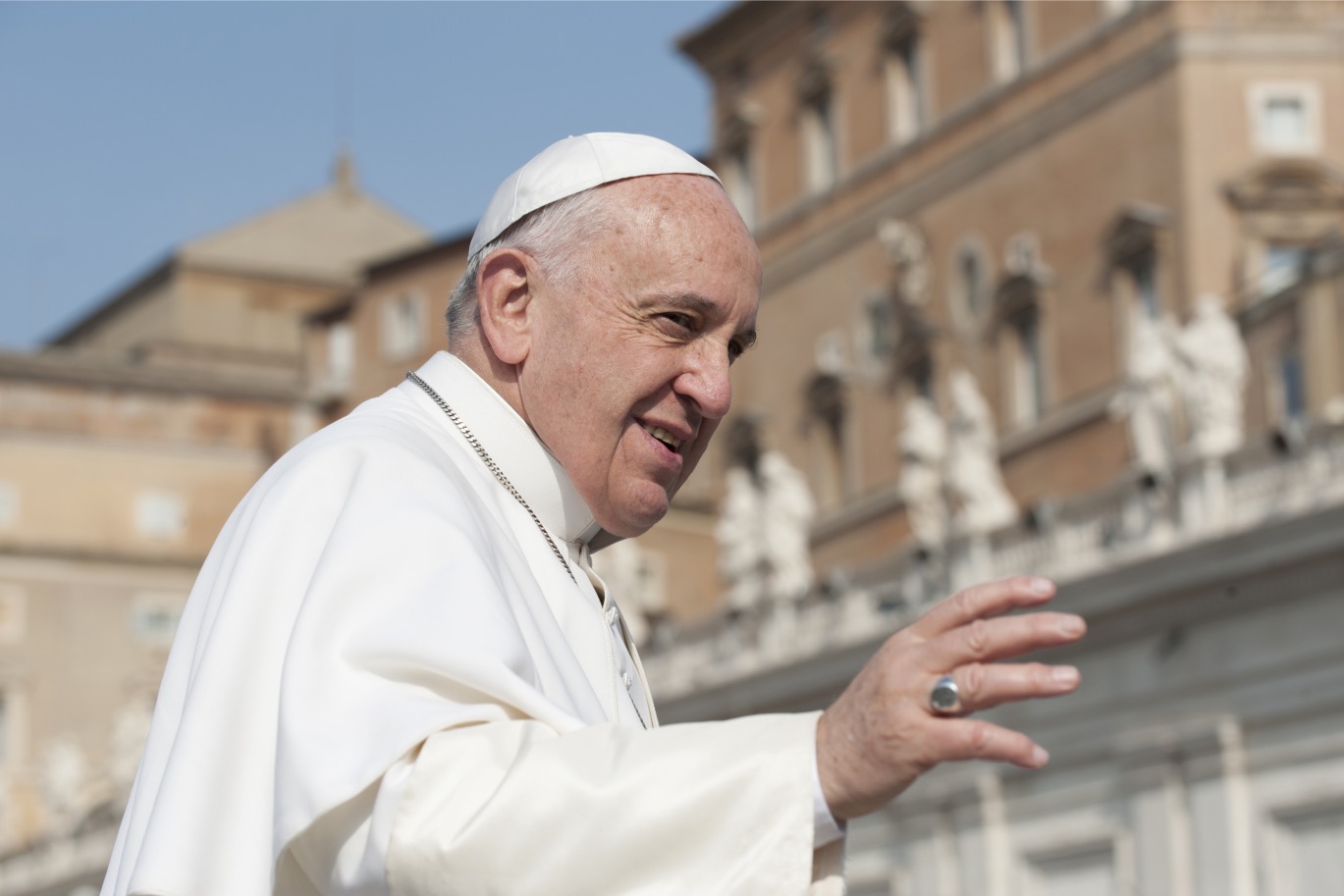A life full of curiosity and love for arts and history: during his existence working as architect, poet, and photographer, Alfonso Carrara put all this together in order to become an empathic modernist, who used imagery to honor the truth of photographic observation. The youngest of four siblings who were born in Chicago, he was born and raised in an Italian family. His mom Giorgia and his dad Cesare left Lucca in Tuscany to move to Chicago where Alfonso was born on March 30, 1922. Although they were farmers and not well educated, they were very smart people who used to speak the Tuscan dialect in their family. That’s why Alfonso’s first language was not English, whereas his two brothers and sister never embraced the fascination of the Italian language while trying to be real American. Alfonso attended Quigley Preparatory Seminary, followed by the venerable School of Design, a pre-cursor to the Illinois Institute of Technology. As a young architect, he apprenticed with Keck & Keck in Chicago and then with Richard Neutra in Los Angeles. He was employed by Frank Lloyd Wright in Racine, where he worked on the headquarters of S.C. Johnson Company. He worked for many years in the offices of Holabird & Root and also had his own practice. In 1991 he married Gillion Skellenger who took Alfonso’s works to San Francisco, at the invitation of Director Paolo Barlera, for an exhibition at the Italian Cultural Institute. Gillion explored with us Alfonso’s life and works, taking a journey through the experience of war as well as his love not only for photography but also for arts, history, and poetry.
Can you tell us about Alfonso’s experience during the war?
Alfonso was called to the war in 1941 and he went to Italy in 1942. His two older brothers went to the Pacific while, since he loved Italy, he chose to go there. He landed in Anzio, but he never fought because he was there as interpreter for the American and the British troops. When he saw a German prisoner of war with a camera, the German soldier asked to trade the camera for the box of cigarettes. That’s how he started to photograph people and architecture all the way up to Piazzale Loreto. He picked up situations and people and typed his experience of the tragedy of the war. When he got to Marzabotto, in the Bologna area, he documented the tragedy of women getting her hair shorn. Later on, in Milan, his American commander asked him to photograph some bodies post mortem. They were hanging up side down in Piazzale Loreto and they were the well known Benito Mussolini, Claretta Petacci, Achille Starace, and some other unidentified bodies.
Which memories did he use to share with his friends and family?
What he wanted to show through his photos was the horror of the war as well as the beauty of Italy, that he considered a museum without walls.
What did photography mean to Alfonso?
When he discovered photography, he did not try to document the war itself but the people and the architecture around it. He mainly used his background at the school of design while photographing the situations around him.
What do you think makes of him a memorable photographer?
He was not an educated photographer but he had a ‘good eye’ and was able to document the war, the precariousness and immediacy of what he encountered. He found a wounded heritage, a family’s legacy punished by war, damaged places and wearied faces of the liberated and the ravaged.
How would you define him as a person?
Alfonso was a poet during all his life, but he was also a photographer. He drew, he questioned, he studied every day, and he wrote. He was difficult, but he was also kind and generous. He was an American and an Italian, an architect and a poet. It is not by chance that our library is full of books both in English and Italian, about poetry, philosophy, and art history.
Which qualities do you believe most inspire other photographers while looking at his works?
What impresses the audience is that he found photo-shops that were open during the war who printed from his negatives, those that he even processed in his helmet and brought to be printed! In addition, he found an Olivetti typewriter along the way and wrote his impressions, in a lyrical, poetic form. You will see those original in the exhibit and a few are printed in the publication.
What is your memory about him as husband?
He was my male muse, he challenged my intellect during my life, he supported and challenged me, he was difficult, he was nurturing and he loved me until the moment he died. Before he passed away, he told me something I will remember for ever: “How could I have had this beautiful life without you?” We had been together 33 years and today I still thank him for what he gave me during my life.
The exhibition “Happenchance: World War II Photographs, Italian Campaign, 1942-1945” will be open until Saturday, July 18, and on view Monday through Friday 10am-4:30pm at IIC – 814 Montgomery Street, San Francisco.



